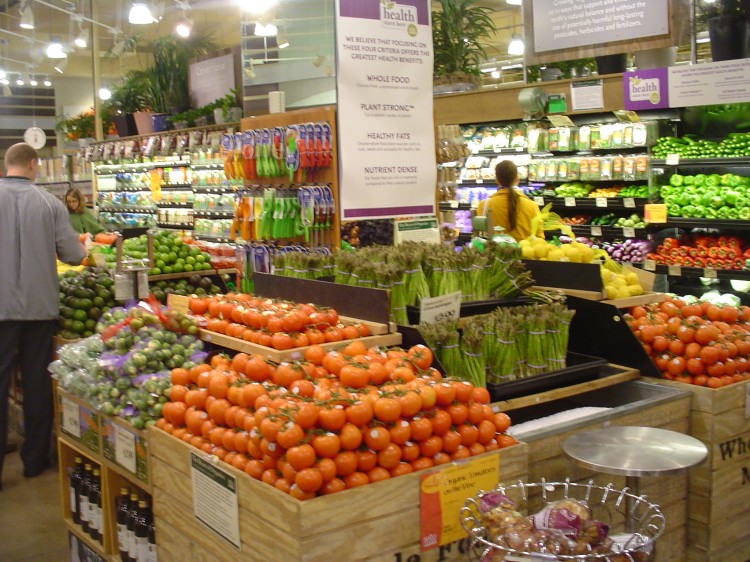Americans may be bargain seekers, but not at the expense of their health. A recent survey showed that more people are buying organic, despite the rise in food prices.
The research, conducted by Harris Interactive for Whole Foods Market, is marked with bias, but it points to an interesting trend: a majority of Americans, 73 percent, will not compromise on food quality.
Whether or not consumer demand for drug and pesticide-free food really is as large as the survey claims, there is no doubt that sales of organics have grown considerably. The U.S. market for organic foods has risen from $3.5 billion in 1996 to $28.6 billion in 2010, according to the Organic Trade Association.
While many consumers believe that organic foods are worth the added cost—in some cases double that of non-organic foods—a September 2012 report from Stanford University suggests that the higher price might not be worth it. The highly publicized study concluded that “there isn’t much difference between organic and conventional foods” in terms of nutrients or health risk.
Given such strong consumer support for organic foods, Stanford researchers were accused of ties to the agriculture industry, but study authors said that they received no industry compensation for their report.
Dr. Joel Forman, associate professor of pediatrics at Mount Sinai School of Medicine in New York, said that the problem with the Stanford report is not so much with what they said as it is with what they did not say.
Dr. Forman is a lead author of a study released Oct. 22 by the American Academy of Pediatrics (AAP). He said that when it comes to the question of nutrient content in the comparative studies available, both Stanford and the AAP drew the same conclusion.
However, according to the AAP, the data was not very insightful.







